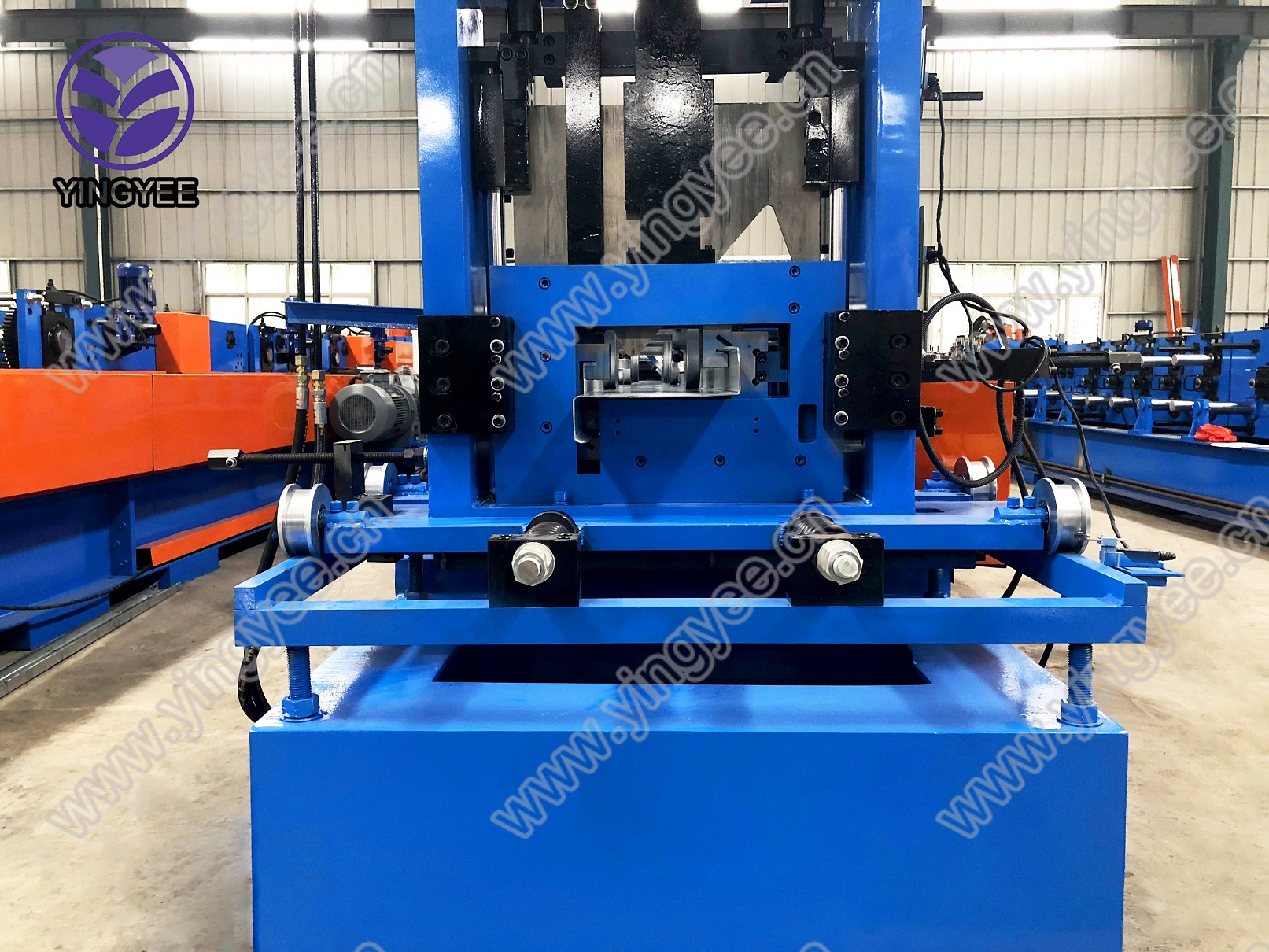
The Innovation of Stud and Track Ceiling Forming Machines
In modern construction, efficiency and precision are paramount. One of the critical aspects of building interiors, particularly in commercial and residential settings, is the ceiling framework. The introduction and evolution of stud and track ceiling forming machines have revolutionized how contractors and builders approach this essential task.
Understanding Stud and Track Systems
Stud and track systems consist of metal frameworks made of steel that are widely used to support ceilings and walls. The 'studs' are vertical components that provide support for the structure, while the 'tracks' serve as the horizontal supports at the top and bottom of the wall or ceiling assembly. These systems are favored for their strength, durability, and fire resistance, making them an ideal choice for various building projects.
The Role of Forming Machines
Traditionally, the process of cutting and forming studs and tracks was labor-intensive, involving manual tools that often led to inconsistencies and delays on the job site. However, stud and track ceiling forming machines have automated and simplified this process. These machines are engineered to produce precise cuts, bends, and formations of metal studs and tracks, ensuring uniformity and minimizing waste.
One of the standout features of these machines is their ability to rapidly manufacture components on-site, significantly reducing lead times. Builders no longer need to wait for pre-fabricated materials to arrive from suppliers, allowing them to adhere to tighter schedules and deadlines. This level of efficiency translates directly to cost savings, making it an attractive option for contractors.
Advantages of Stud and Track Ceiling Forming Machines
1. Precision Engineering Advanced forming machines utilize computer numerical control (CNC) technology, guaranteeing that each component is produced with exact specifications. This precision is critical for maintaining high standards in construction, ensuring that everything fits together seamlessly during installation.

2. Scalability Whether you're working on a small residential project or a large commercial development, these machines can be scaled to meet various demands. They can quickly switch between different sizes and shapes of studs and tracks, accommodating diverse project requirements.
3. Ease of Operation Most modern forming machines are designed to be user-friendly, allowing operators with minimal training to run them effectively. This reduces the dependency on highly skilled labor while ensuring that projects remain on schedule.
4. Reduced Material Waste By providing accurate measurements and cuts, these machines significantly minimize the scrap material generated during production. This not only helps the environment but also contributes to reduced costs for builders.
5. Versatility Beyond ceilings and walls, the applications for stud and track forming machines extend to various other architectural elements. They can be used in creating partitions, window frames, and even custom designs, showcasing their adaptability.
The Future of Ceiling Construction
As the construction industry continues to evolve, the demand for innovative solutions like stud and track ceiling forming machines is likely to grow. As technology advances, we can expect improvements in automation, with features such as integrated design software that allow builders to visualize projects before any physical work begins.
Moreover, the industry is leaning towards sustainability. Future machines might incorporate materials that are easier to recycle or utilize energy-efficient practices to further reduce their environmental impact.
In conclusion, stud and track ceiling forming machines are transforming the landscape of construction. They embody efficiency, precision, and adaptability, enabling builders to meet the increasingly high expectations of today's market. With such advancements, the future of ceiling construction looks promising, pointing towards a trend of innovation that prioritizes quality and sustainability in building practices. As we embrace these technologies, we can anticipate a significant shift in how structures are conceived and executed, ultimately leading to higher standards of living and sustainability in our environments.